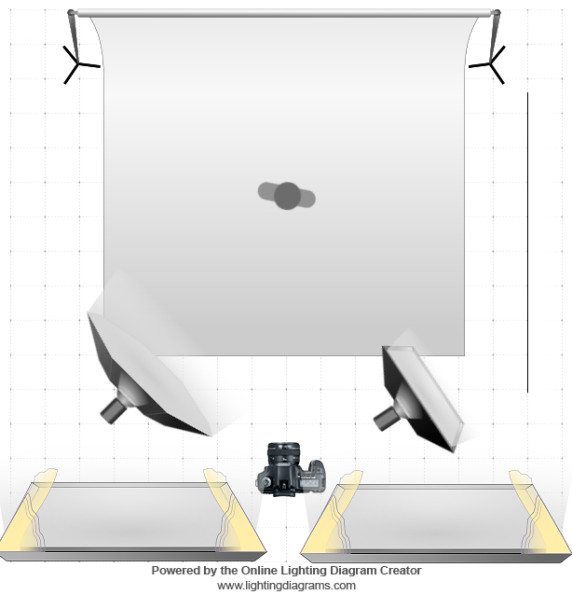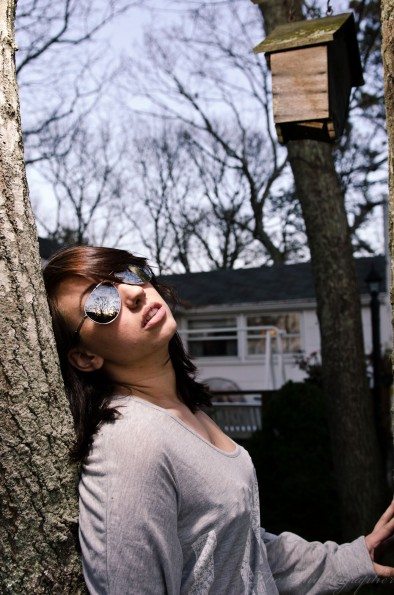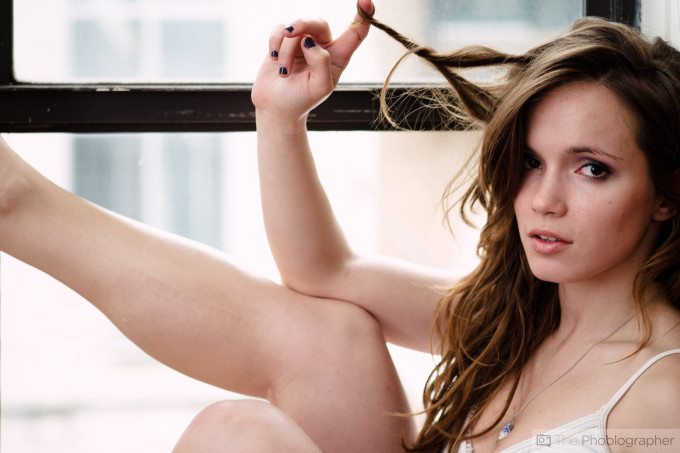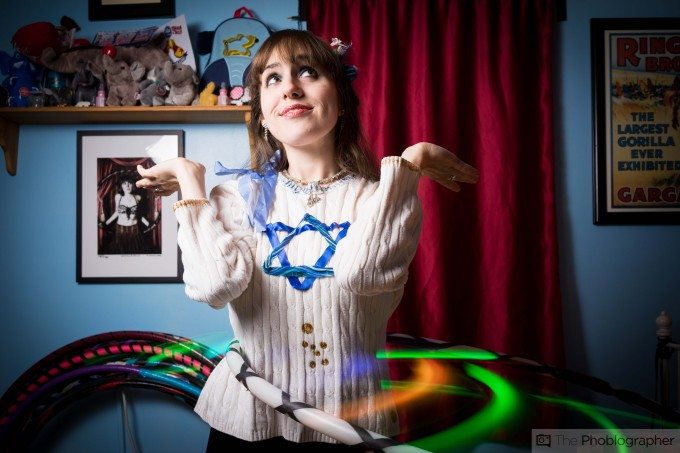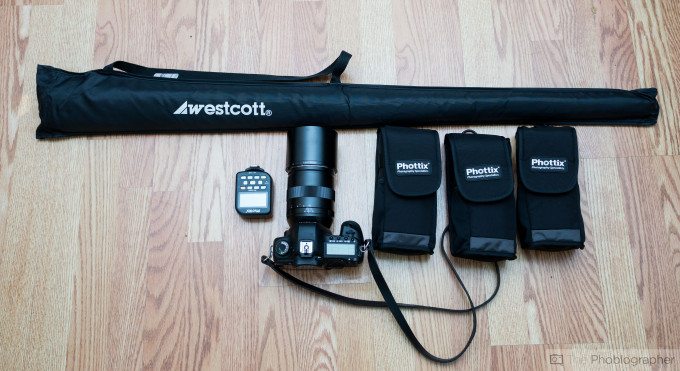Here at the Phoblographer, we’ve been working hard at creating lighting tutorials for you all. And so as a start to curating them and putting them all in one place, we decided to create this index post with loads and loads of great ideas and tips on how to get better lighting in your images: whether you’re a beginner or more advanced.
Take a look.
Basics
The Basic Fundamentals of Lighting that Every Beginner Forgets: If you’re just starting to get into lighting scenes, then there are some basics that you’ll need to remember in order to create a better scene. And here are some of those basics.
Starting with Window Lighting: The place where most photographers that want to get into lighting start with is right in their home–the window. This type of lighting can be beautiful but also have unpredictable results, so we recommend giving it a try first.
As an aside, window lighting is part of how you get better food photos–and photos of your latte.
Evaluating the light: When you take a picture and you’re trying to work with the lighting, you need to start paying attention to a lot more than the composition. So what you’ll need to do is take careful notice of things like the direction of the light and the shadows.
Taking better advantage of natural light for portraits: In this guide, we talk all about things like working with an overcast day–which basically clouds the entire Earth in really soft light.
The Methods of Flash Photography that New Strobists Should Try at Least Once: We know that you’re still getting used to being able to work with this aspect of photography, you should at least know what’s possible.
Using Direct Flash: Many photographers in the fashion world use this method for the candid and RAW look that it gives their subjects. It needs to be used correctly though; and is mostly done through working with your subject to pull off some sort of crazy pose.
Intermediate
Starting out with One Light Source: the easiest way to start with artificial lighting is to work with one light source and really observe how it affects your image. Here’s how.
Shooting During the Golden Hour: While many photographers say that they love shooting during the golden hour, it isn’t always the easiest to work with unless you pay attention to your camera’s meter and also look closely at the light.
Backlighting an image: And while other photographers will tell you not to backlight, we’ll tell them to instead just go learn how to light an image better. Backlighting can be absolutely beautiful when done correctly. This is when the main light source if behind your subject. You may want to combine this with shooting better dating photos.
Advanced
Coping with Mixed Lighting Situations: Some of the biggest problems that you’ll run into it dealing with mixed lighting situations. For example, when your flash is daylight balanced, the ambient lighting may be something else. So how do you compensate? Here’s how.
Better Macro Images by Using Lighting: Lighting isn’t only about portraiture, it’s also essential when shooting products. But the macro world is a totally different realm. This also applies to food; but don’t just take our word for it.
Getting sharper images through better Lighting: Think that your lens is performing superbly now? Get a load of what it can do when you add artificial lighting to the scene.
Overpowering the Sun: Overpowering the sun is a method that is used to lower the contrast in a scene while getting the background of a sky and your subject perfectly balanced. It’s tough, but doable.
The Gear You Need
Conquering a Crappy Lighting Situation: Photographer Lindsay Adler gives us a run down of objects that she uses to tackle some of the toughest lighting situations that she’s been in in her career as a photographer..
The Essentials for a Natural Light Portrait Photographer: Don’t just assume that you’ll be able to take better pictures without some ways of manipulating the light.
Our favorite light modifier: These lighting modifiers are what the staff of the Phoblographer recommend for general use. Be sure to also check out our intro to softboxes, umbrellas and ring flashes.
What every new strobist needs: To start tackling the portrait lighting world seriously, we recommend that you invest in these first.
And lastly, our Creating the Photograph series is a major source of inspiration and ideas.


